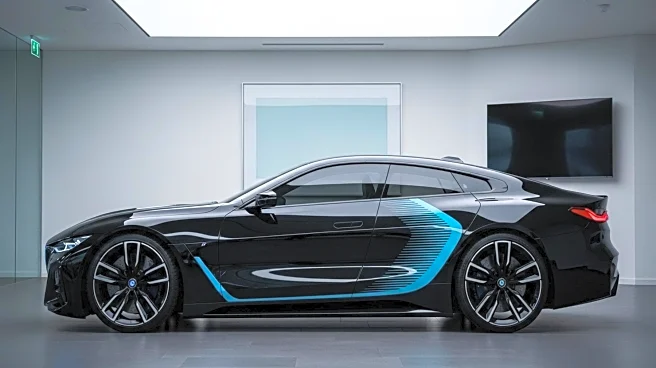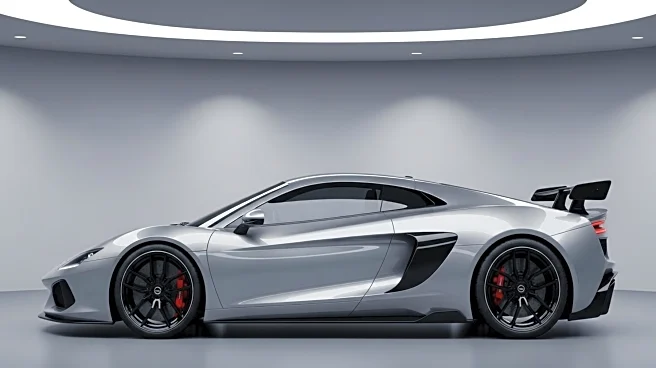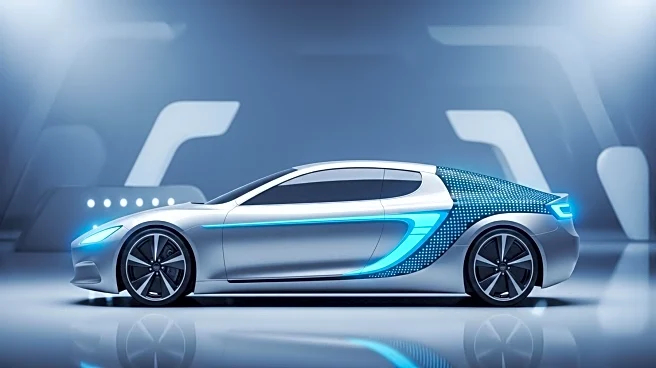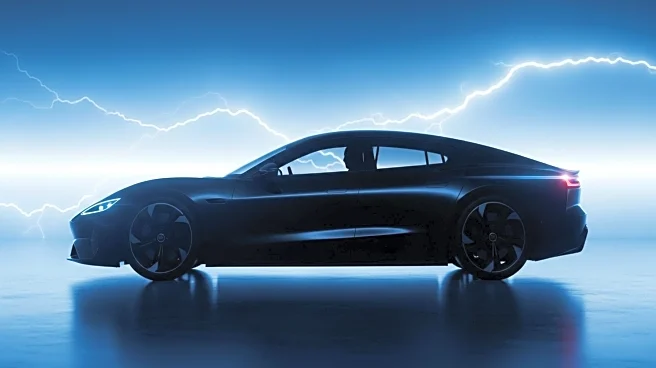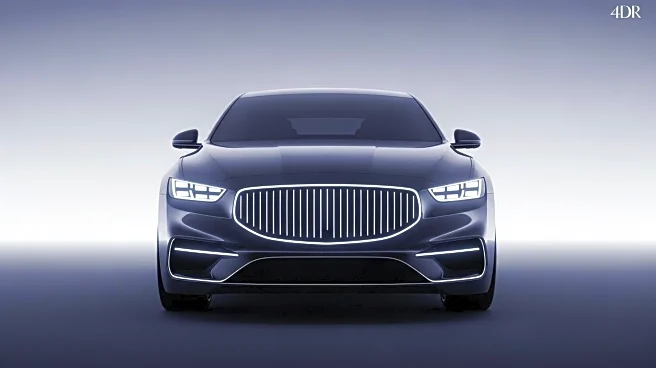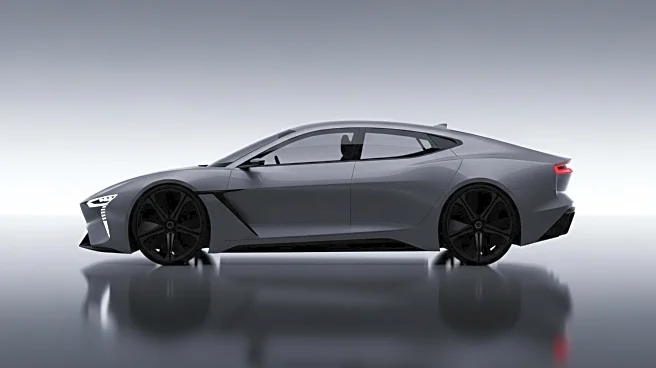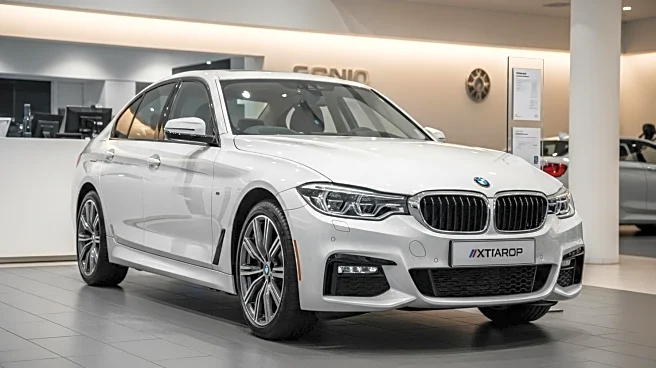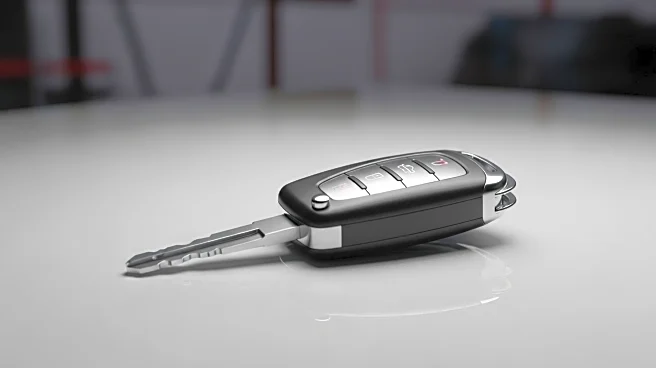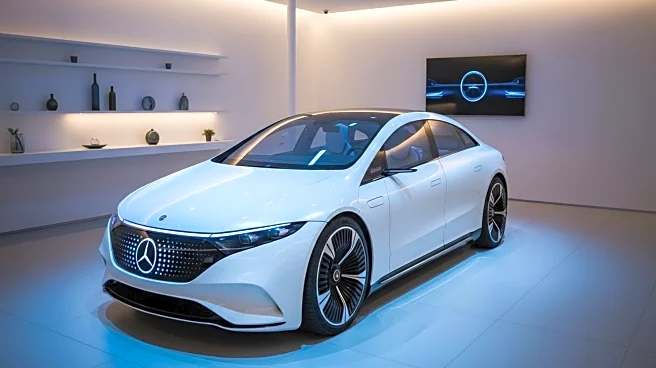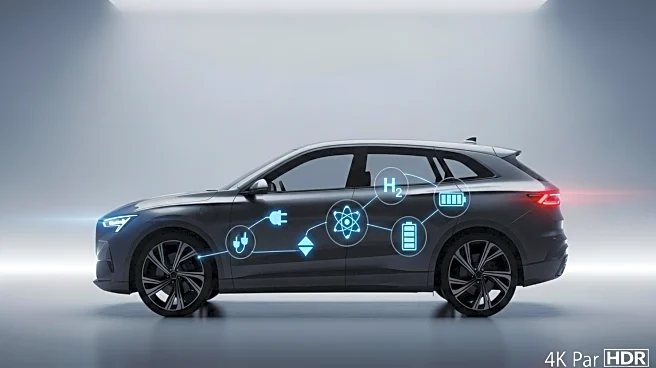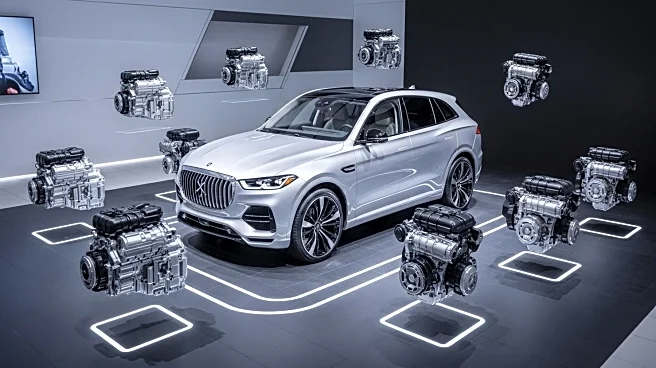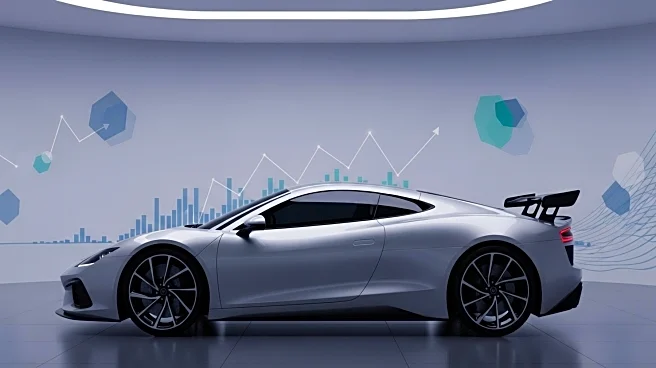What is the story about?
What's Happening?
BMW is shifting its design philosophy towards more subtle and calm aesthetics, as revealed by Oliver Heilmer, the former Head of Design at Mini. This change is part of the revival of the Neue Klasse, which aims to move away from the bold and attention-grabbing designs of recent years. The new approach will feature monolithic, clean surfaces that are calm yet emotionally engaging. The kidney grille, a signature element of BMW's design, will continue to vary in shape and size depending on the model, with SUVs adopting a vertical interpretation. The interior design will also see significant changes, with the introduction of a large central display and a full-width projection system called Panoramic Vision, reducing conventional controls in favor of touchscreens and voice commands.
Why It's Important?
This design shift is significant for BMW as it reflects a broader trend in the automotive industry towards more streamlined and technology-driven vehicles. The move could influence consumer preferences, especially among those who favor minimalist aesthetics and advanced tech features. It also highlights BMW's commitment to evolving its brand identity while maintaining elements of its traditional design. The changes may impact sales and market positioning, as the company aims to balance innovation with customer expectations. The shift could also affect competitors, prompting them to reconsider their design strategies in response to BMW's new direction.
What's Next?
BMW plans to launch over 40 facelifted and next-generation cars by the end of 2027, all incorporating elements of the Neue Klasse design. This rollout will include models like the iX3 and i3 sedans, which will feature the new design philosophy. The company is also planning further expansion by 2029, including a rugged model. As BMW continues to integrate tech-laden EVs into its lineup, it will maintain combustion engines, offering a diverse range of vehicles. The industry will be watching closely to see how consumers respond to these changes and whether BMW's competitors will follow suit.
Beyond the Headlines
The shift towards more subtle designs may have deeper implications for BMW's brand identity and its relationship with consumers. The move away from physical buttons in favor of touchscreens and voice commands could raise concerns about usability and accessibility, particularly for older drivers or those less comfortable with digital interfaces. Additionally, the emphasis on technology may lead to discussions about data privacy and cybersecurity, as vehicles become increasingly connected. The design changes could also influence cultural perceptions of luxury and innovation in the automotive industry.
AI Generated Content
Do you find this article useful?
